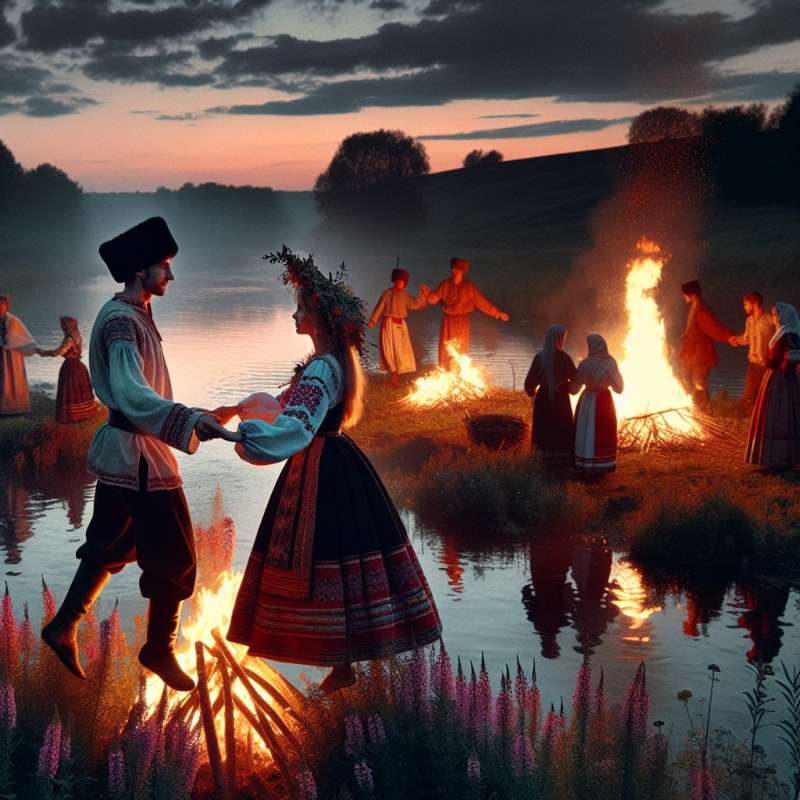
Slavic Mythology Origins
Slavic mythology, rooted in pre-Christian traditions, evolved uniquely in various tribes. Influenced by neighboring cultures, it remains less documented than Greek or Norse myths due to the late adoption of writing among Slavs.
Pantheon of Slavic Deities
Slavic pantheon was rich with gods like Perun, god of thunder, and Veles, god of earth and waters. Unlike Greek Olympus, there was no fixed hierarchy, reflecting a decentralized society.
Mythical Creatures Abound
Slavic folklore was inhabited by creatures like domovoi, house spirits, and fierce dragons. Baba Yaga, a witch with a hut on chicken legs, is a unique figure portrayed both as helpful and hindering.
Rituals and Festivities
Seasonal rituals were pivotal, embodying Slavs' agricultural calendar. Kupala Night, a summer solstice festival, involved fire-jumping and herb-collecting to harness the magical time's protective powers.
The Sacred Fire Ritual
Fire held a divine essence in Slavic belief. The ritual of burning sacred fires during celebrations represented life's renovation, transitioning from old to new, reflecting cyclical views on nature and existence.
Slavic Creation Myths
Creation stories vary among Slavic regions. One describes the world emerging from a divine egg. The dualistic nature of creation is seen in the light-dark, order-chaos dichotomy, as Slavs sought to explain life's complexities.
Christianity's Impact
With Christianity's spread, many Slavic deities were demonized or transformed into Christian saints. Ancient rituals were adapted to fit the new religion, creating a syncretic blend of beliefs still traceable in modern traditions.
What shaped Slavic mythology's evolution?
Late writing adoption
Neighboring cultures influence
Fixed deity hierarchy
Company